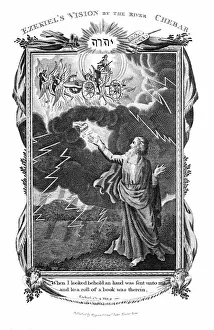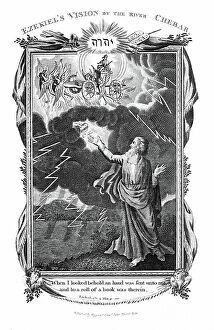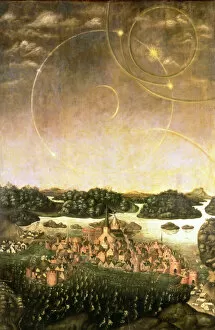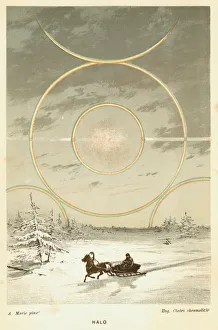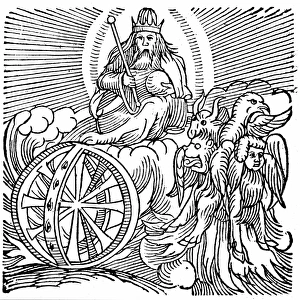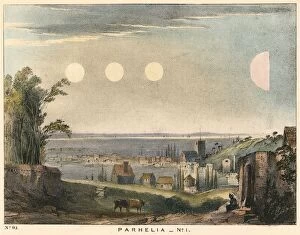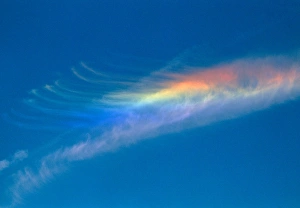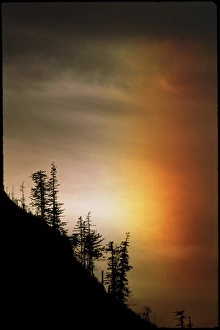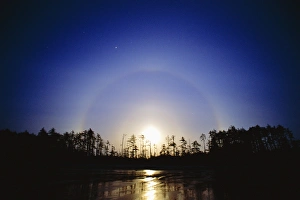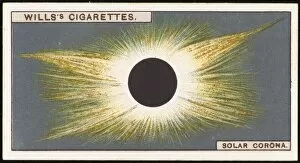Parhelia Collection
"Parhelia: A Phenomenon of Marvels and Visions" In the realm of extraordinary celestial occurrences
All Professionally Made to Order for Quick Shipping
"Parhelia: A Phenomenon of Marvels and Visions" In the realm of extraordinary celestial occurrences, parhelia stands as a captivating spectacle that has fascinated humanity for centuries. From ancient biblical visions to artistic depictions, this optical phenomenon has left an indelible mark on our collective imagination. Ezekiel's vision in the sky, dating back to around 614 BC, recounts a mesmerizing scene where a chariot glides amidst the clouds while a hand extends from above, offering him a mysterious book. This divine encounter has inspired countless interpretations throughout history. Mock suns in the Arctic add another layer of intrigue to parhelia's enigmatic nature. These ethereal apparitions create an illusionary landscape where additional suns appear alongside our own. Painted by Vadersolstavlan in 1636 and captured through engravings like "Parhelia or Mock Suns, " these representations evoke both awe and wonder. The allure continues with "Marvels of Nature, " an engraving that showcases parhelia's radiant beauty. The delicate dance between sunlight and ice crystals produces stunning mock suns accompanied by vibrant halos and rainbows—an enchanting display witnessed from the Arctic Circle in 1873. Notably, historical records reveal sightings without haloes—such as those observed in England during 1698—and others combined with halos and rainbows like the one documented in 1721. These variations only deepen our fascination with this celestial marvel. As we explore modern explanations for these phenomena, we find ourselves drawn into Alaska's winter mornings—a place where sundogs or parhelion grace the skies with their presence. These dazzling companions accompany us on frosty journeys, casting their ethereal glow upon snowy landscapes. Parhelia transcends time and geography; it captivates us all with its otherworldly charm.

